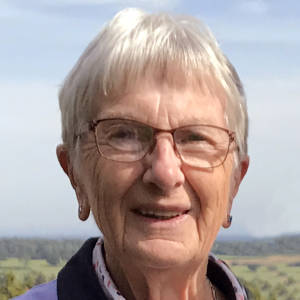Section house
Census records are one of my favourite family history sources. Over ten year intervals you can see how families evolve. Babies are born, children go to school and get jobs, they become independent and move out, elders pass on, and the whole cycle begins again.
Great Uncle Alfred (who is becoming rather addicted to blipping) appeared in the 1891 census, aged four and living with his parents and two younger brothers. By 1901 he was fourteen, had three more siblings and was working as a plumber’s mate. When the 1921 census was taken, Alfred was no longer living with his family. Having joined the Metropolitan Police in 1908, he was living at Clerkenwell Police Station in Kings Cross Road, along with about seventy Metropolitan Police Constables, a Police Inspector and two Sergeants. Apart from the Inspector, they were all single men. This doesn’t look much like the traditional census records, which are focused on individual households.
In 1900 the Metropolitan Police (Scotland Yard to many of us) had about 16,000 officers policing an area of 1800 square kms. Unmarried officers were accommodated in section houses, which I think is what we have here. A 1934 report found that section houses were ‘official slums’, overcrowded, lacking the most basic amenities and exposing young officers to unspecified moral dangers.
Fortunately Alfred got married in December 1911. By the time the 1921 census was taken he had risen to the rank of Inspector and was living with his wife and eight year old son, safely removed from the undesirable influence of the section house.

Comments
Sign in or get an account to comment.


